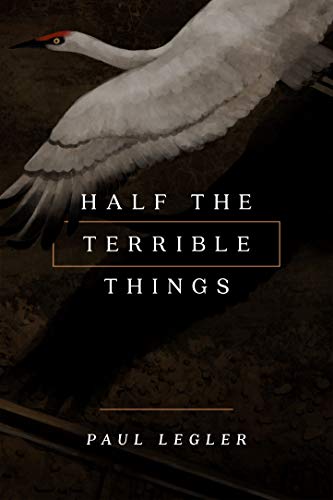Half the Terrible Things
A loophole in the U.S. Constitution (vividly documented in the film The 13th) provides for the continuation of slavery, as long as the enslaved person is incarcerated by law. While this loophole was often used for keeping African Americans in chains after emancipation, the practice could be employed against anyone who was poor and vulnerable, as this book convincingly demonstrates. The story covers a lot of territory—from North Dakota to Washington, DC, to rural Florida. With an alternating narrative between 1922 and 2003, the story juxtaposes the barbaric justice system in the early 20th-century American South with the unconscionable treatment of prisoners in the “War on Terror” that happened on our watch.
The story is a hybrid of documentary and fiction, depicting the true story of a young North Dakota farmer named Martin Tabert, who left home to see the world and wound up in a convict labor camp in North Florida, where he was whipped to death. The two other point of view characters in the novel are fictional creations: Edna, the girl Martin left behind, who is now a dying old woman; and Nicole, her granddaughter, an attorney for the Justice Department. When Edna asks Nicole to find Martin’s grave, Nicole takes a welcome break from her demanding job, where she has doubts about the legality and morality of the work she does after she discovers evidence of the cruelty toward Middle Eastern prisoners in the clutches of our government.
The book is meticulously researched and written in a clear, accessible, no-nonsense style. The pace lags at times, but that’s a small issue in an important story about a despicable chapter in U.S. history and a reminder of what happens when we dehumanize “the other.”










